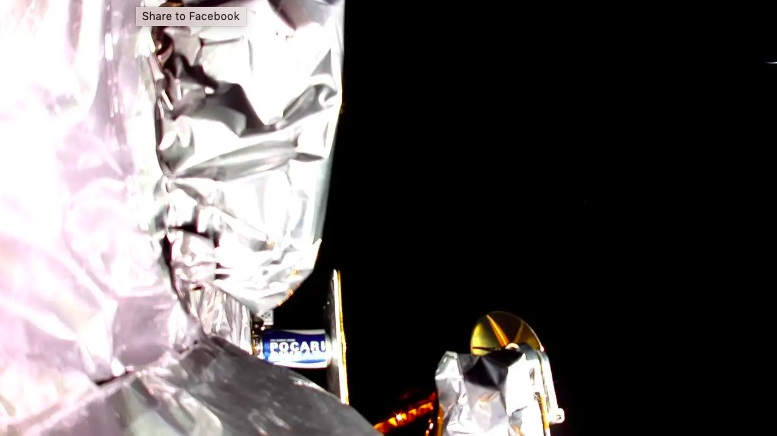Astrobotic, the company responsible for the Peregrine lander, has offered insights into the likely cause of the spacecraft’s mission failure on its journey to the Moon. The Pittsburgh-based firm pointed to a faulty valve as the culprit for Peregrine’s critical fuel loss, preventing its anticipated soft landing on the lunar surface. The spacecraft, launched on United Launch Alliance’s Vulcan Centaur rocket, initially powered on and established contact through NASA’s Deep Space Network. However, issues arose as Peregrine began to lose propellant at a rapid rate, ultimately dashing hopes of a successful lunar landing.
In the latest update shared by Astrobotic, the company explained that the problematic valve was crucial for regulating the flow of helium gas in Peregrine’s propulsion system, maintaining balanced pressure. Unfortunately, during the spacecraft’s in-space deployment, the valve failed to close properly. This malfunction allowed an excessive amount of helium to rush into the tank containing the oxidizer, leading to a rupture due to heightened pressure. The oxidizer is essential for facilitating the combustion of fuel in space. As a result, Peregrine experienced a significant propellant loss, rendering its soft landing unattainable.
Astrobotic’s updates have provided a detailed account of the unfolding events since Peregrine’s launch, shedding light on the challenges faced by the lunar lander. The company emphasized that the issue did not originate with ULA’s Vulcan Centaur rocket, clarifying that the rocket’s maiden flight successfully placed Peregrine in the designated orbit. Despite the setback, Astrobotic expressed gratitude for the ongoing support and engagement from its followers, pledging to continue sharing information as the situation unfolds.
The Peregrine lander was a key player in NASA’s Commercial Lunar Payload Services (CLPS) initiative, aimed at advancing commercial lunar missions. With over 20 diverse payloads, including instruments from NASA and private companies, Peregrine was expected to make a significant contribution to lunar exploration. Although the mission did not proceed as planned, Astrobotic is capitalizing on the opportunity to gather valuable data from the failed mission, which will inform the development of its next lunar lander, Griffin.
In the face of challenges, Astrobotic remains committed to its mission of advancing lunar exploration and leveraging the insights gained from the Peregrine mission to enhance future endeavors. The company’s perseverance and transparency in sharing updates underscore the complexities and uncertainties inherent in space exploration, where even minor technical glitches can have substantial consequences.

